Natural rubber SVR 10 and SVR 20 are two popular types of natural rubber classified based on their properties and processing methods. SVR 10 is considered to be of higher quality and is therefore more expensive than SVR 20.
Choosing between the two will depend on the specific application and the desired characteristics of the final product. Ngoc Chau Factory would like to share the production process of 2 types of rubber SVR 10 and SVR 20
Contents
Definition of Natural SVR 10 and SVR 20 Rubber
SVR10:
Natural SVR 10 with lower dirt content and higher flexibility compared to other rubbers. It is produced by coagulating the latex of the Heveabrasiliensis plant with formic acid or other coagulants. The resulting material is then washed, pressed into sheets and dried.
SVR 10 has higher tensile strength and tear resistance than other natural rubbers, making it suitable for use in a variety of industrial applications, including tire manufacturing, conveyor belts, pipes soft and footwear.
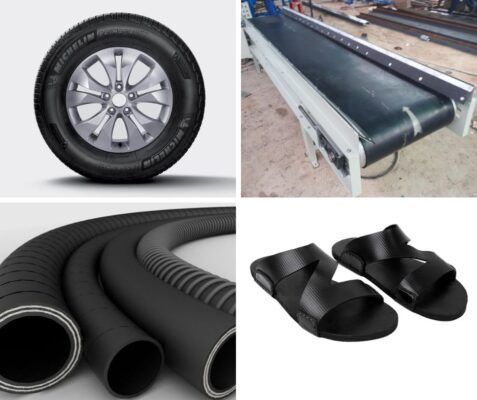
SVR20:
SVR 20 is another natural rubber produced using the same process as SVR 10, but with a higher coagulation time. This results in material with higher dirt content and lower ductility than SVR 10.
SVR 20 has lower tensile strength and tear resistance than SVR 10, but it is still suitable for use in applications requiring lower grades of natural rubber, such as adhesives, insulation materials heat and some types of rubber products.
Technical requirements when processing Natural rubber SVR 10, SVR 20
Manufacture factory
The required area for a processing facility or factory is from 0.4 to 0.8 m2/ton of finished product, of which the factory area is from 0.25 to 0.45 m2/ton of finished product.
The factory floor has anti-slip treatment, safety signs in reasonable positions, good drainage, and technological process diagrams are arranged in convenient places for monitoring and controlling progress.
Human Resources
The technical person in charge needs to have an intermediate level or higher or have accumulated experience with equivalent qualifications. Factory workers are trained through rubber processing classes at vocational schools or can open self-training classes with experts or teachers with appropriate expertise. The amount of labor used is about 4-5 tons/ton of product.
Electricity
Having a stable power source means using about 120–140 kWh/ton of product. To implement a sustainable rubber production process, it is necessary to apply energy-saving solutions such as flywheels, inverters, etc. to equipment in the rubber processing line.
For lighting systems that need to combine light from the power source with natural light through the installation of corrugated iron panels, glass, etc., the above solutions can save 10–20% of electricity costs. capacity or tonnage of the product.
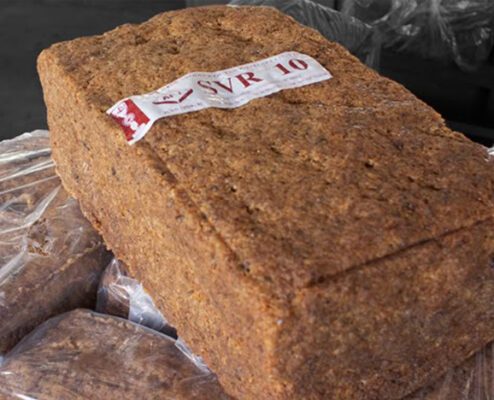
Fuel used
Drying rubber latex with LPG gas, diesel oil or hot air.
Under permitted conditions, it is recommended to use hot air from biomass incinerators to utilize fuel from waste products such as branches, twigs, and stumps of rubber trees. Biomass fuel creates virtually no or very little emission. Limit harmful ingredients such as: SO2 or NOx,…
The norm for using DO oil is from 28 to 30 liters/ton of product, LPG gas is from 24 to 26 kg/ton of product, Biomass hot gas saves costs by about 10% compared to drying with LPG gas.
Chemistry
The production process of SVR 10 and SVR 20 does not use chemicals in product processing, meeting sustainability goals and contributing to environmental protection.
Waste water treatment system
Ensure the quality of output wastewater at the receiving source meets the National Technical Regulations on natural rubber processing wastewater.
Water source
Surface water, public water supply or groundwater can be used. In sustainable rubber production, additional solutions need to be added that combine surface water use with rainwater recovery systems through factory and office roofs.
This source can meet 10% of the water used for production, saving 12-15% of electricity costs for water pumps.
Add clean water for appropriate production stages.
Reusing water from the pre-wash pond to the post-wash pond and final ponds in the wastewater treatment system to save water can be reduced to about 20-22 m3/ton of product.
Waste management
Implement solutions to manage and treat solid waste and hazardous waste according to regulations of the Ministry of Natural Resources and Environment.

Processing raw latex to process natural rubber SVR 10 and SVR 20
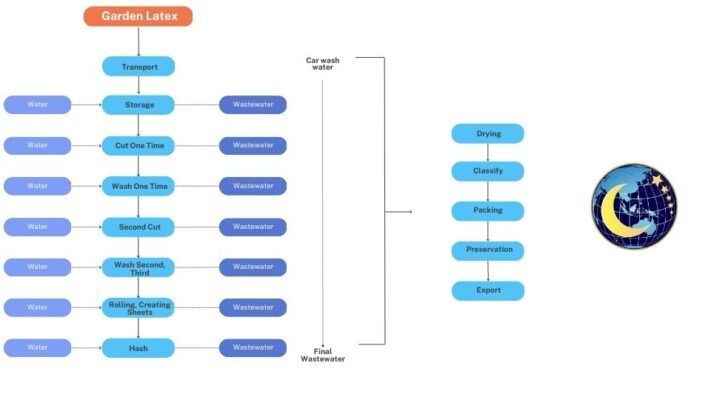
————————————————————————
NGOC CHAU – NATURAL RUBBER FROM VIETNAM
Contact us:
Address: Lexington Building, No. 67 Mai Chi Tho, An Phu Ward, Thu Duc City, Ho Chi Minh City 70000.
Crowd: 0084 902338498/ 0084 981736778
Tel: 0084 2822533337/38/39
Fax number: 2822533337
Email: info@ngocchausupplier.com
Website: https://ngocchausupplier.com/



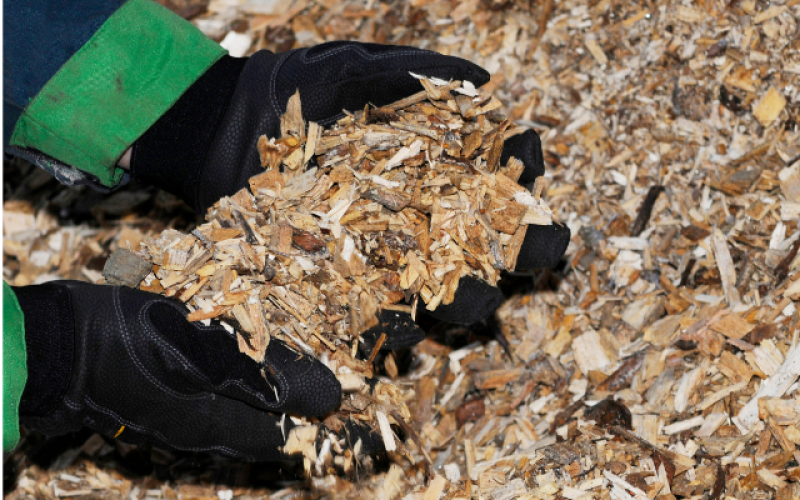
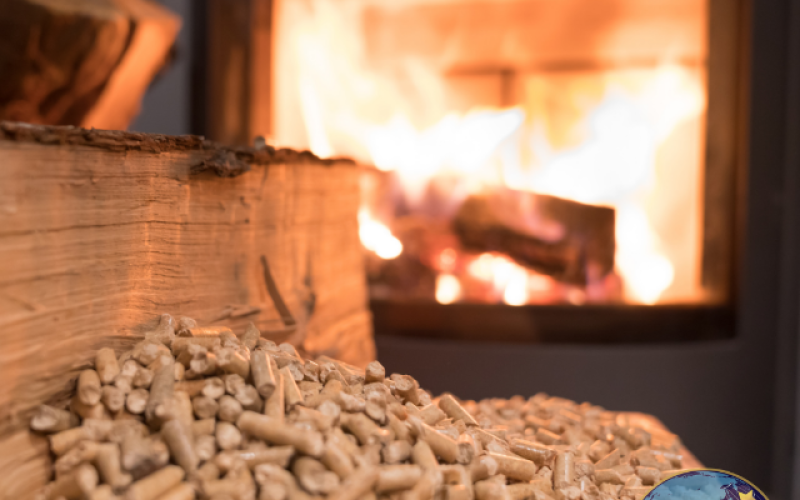
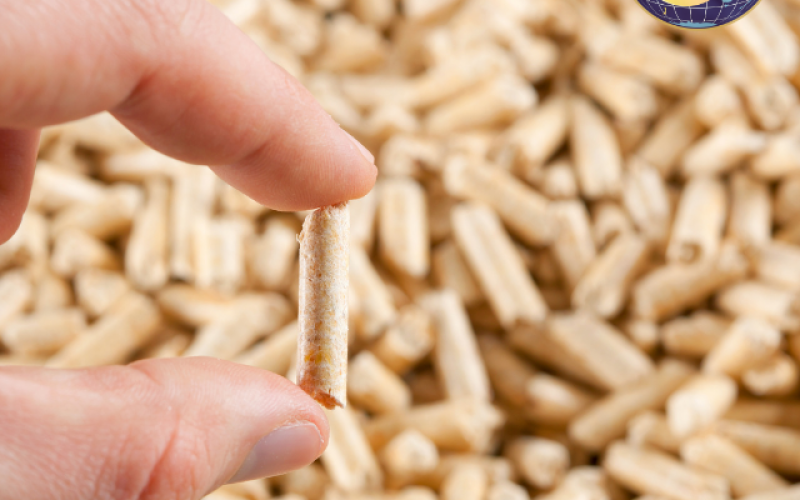

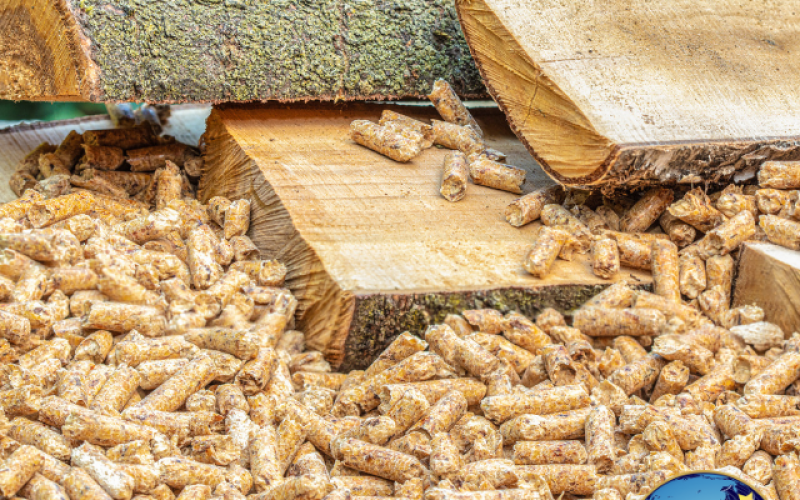
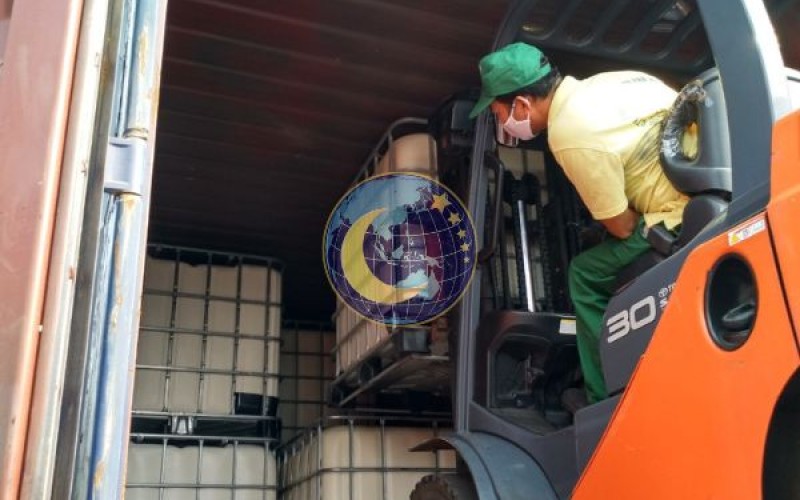
 nerissa302000
nerissa302000